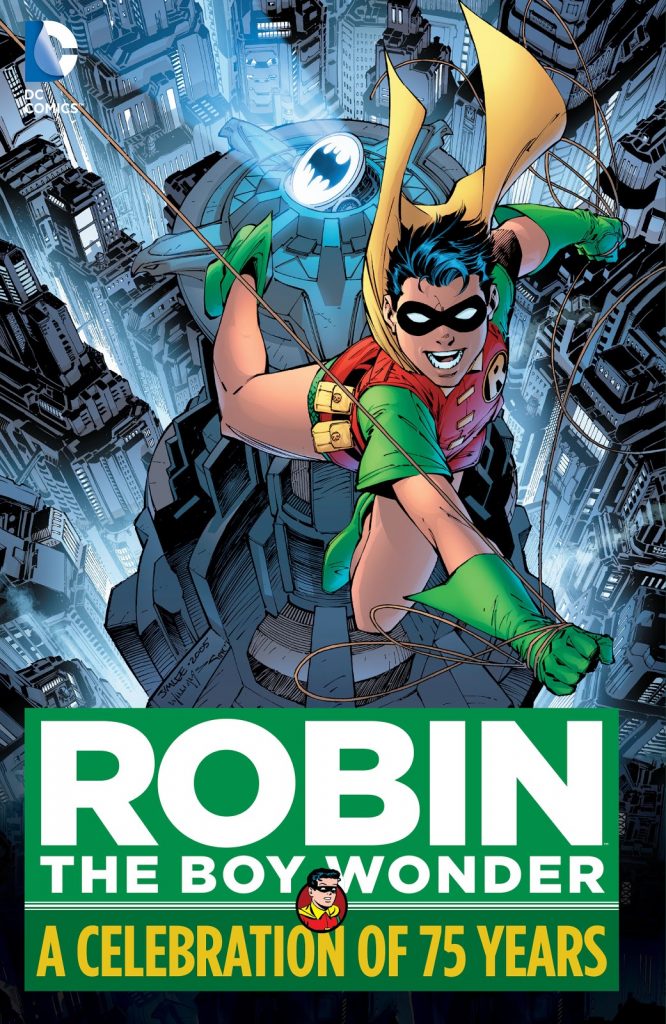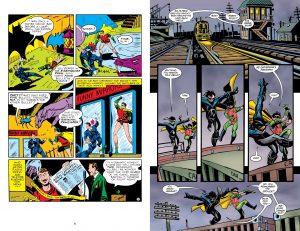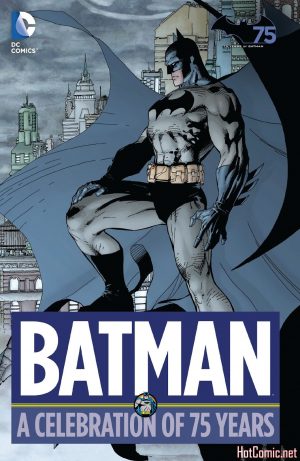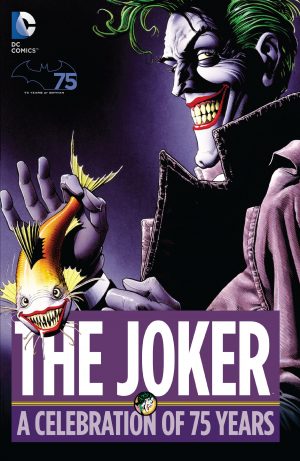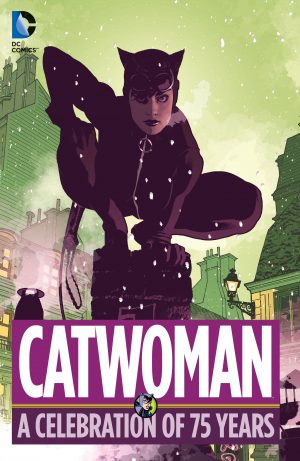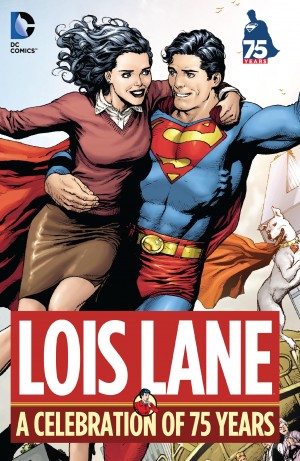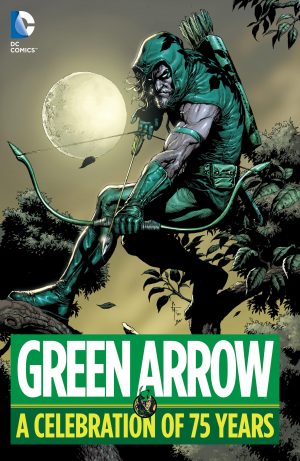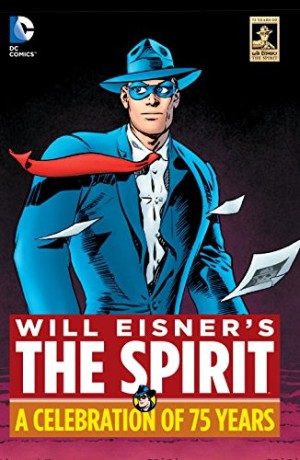Review by Frank Plowright
More so than most other characters covered by DC’s Celebration of 75 Years series, Robin has a complicated history, with four different prominent youngsters assuming the identity over the years, and others used in well-known one-offs such as The Dark Knight Returns. This collection attempts to cover most and their important moments, but in doing so can’t prioritise single issue stories beyond the 1970s. Arguably the best known Robin story beyond his 1940 introduction and origin is the death of Jason Todd, but that occurred over four chapters, only one of which appears here. Likewise, his replacement, Tim Drake experienced a long introduction before becoming Robin, and again only the single chapter features. To be fair to DC, they were faced with a near impossible task, but it’s frustrating to have many dips into a story without any indication of what happens next.
This collection also departs from formula by only applying a linear chronology over the first three-quarters, after which ‘alternate’ Robins feature. It’s a valid concept, but surely finishing earlier stories would have been more satisfying overall than a single chapter of a 1960s Justice League appearance for Dick Grayson’s alternate Earth adult counterpart.
Dick is the longest lived Robin to date, the kid sidekick introduced in order that Batman didn’t constantly have to explain himself to readers, Bill Finger and Bob Kane reasoning that conversation was a better alternative. Young and enthusiastic, Robin brightened Batman, and these early stories look dated, but remain neatly plotted crime dramas, especially his dealing solo with the Barton Brothers in 1948, the writer unfortunately unknown. By the introduction of Roberta the Girl Wonder, though, the strip is beginning to slip into 1950s silliness of dreams, and “maturing gas” producing an adult Robin overnight. Imaginative, but silly takes us to the 1970s. Dick’s 1980s transition to Nightwing is supplied by Chuck Dixon’s 2005 story in which tensions and differences between Batman and Robin escalate. It’s aged badly, the schisms forced.
A greater realism is present from the 1980s onward, exemplified by Jim Starlin and Mark Bright’s interesting story about a wife-beater, notable for an open ending. Realism increases by the 1990s, when Dixon’s solo Robin series was a massive success, and Scott McDaniel’s sample art is from an enlightening conversation between Robin and Nightwing taking place almost entirely on trains.
Of all the Robins it’s the most recent, Damian Wayne, who has the most personality. Feisty, unforgiving and confrontational, he’s nevertheless dedicated and talented. Peter J. Tomasi and Ardian Syaf’s contribution reflects that well, providing a collection highlight, while Grant Morrison and Andy Kubert’s introductory story is also supplied.
Stephanie Brown’s brief time as Robin isn’t forgotten, but Bill Willingham and Damion Scott’s spotlight is the contribution suffering most from lack of further context. As might be expected, Batman features frequently, and we also see Batgirl in Eliot S! Maggin and Mike Grell’s nutty mid-1970s effort in which Benedict Arnold is returned to life. The ending is jaw-dropping. Coming in just short of 500 pages, this is an eccentric selection, but one that serves the title brief by skimming over all the best known Robin incarnations. However, it’s a gift book rather than one for hardcore fans.
